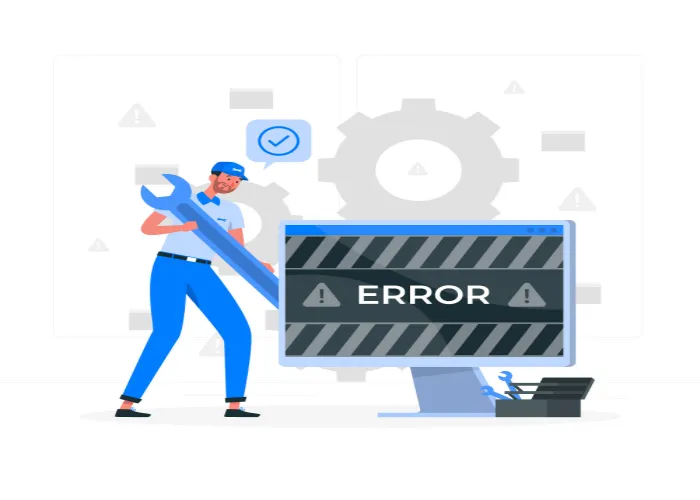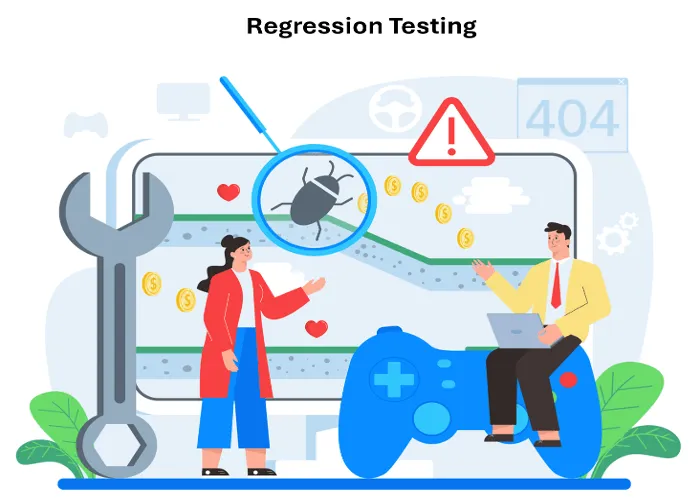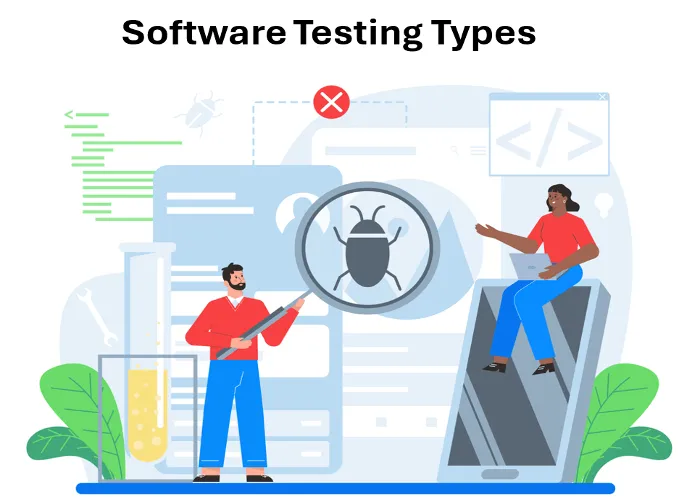Black Box Testing in the STLC Best How To Techniques

🧭 Introduction
In today’s increasingly complex development landscape, software quality assurance (QA) teams are the gatekeepers of product reliability. Among the arsenal of testing methods available, Black Box Testing remains a staple—helping teams validate that software performs correctly under various conditions, from the perspective of the end user.
This guide offers a comprehensive look into Black Box Testing, detailing its methodologies, techniques, benefits, and how QA professionals can put it into practice effectively—regardless of industry or application type.
📦 What is Black Box Testing?
Black Box Testing is a testing approach where testers verify a software application’s behavior without any knowledge of the internal codebase, architecture, or logic. It focuses on inputs and outputs—checking whether the system behaves as intended when specific conditions are met.
It’s called “black box” because the internals of the system under test are opaque—the tester is only concerned with what goes in and what comes out.
✅ Ideal for:
- Testing user interfaces and workflows
- Validating functional and non-functional requirements
- Ensuring compliance with business rules
🔁 Commonly applied in:
- Functional testing
- System testing
- Acceptance testing
- Regression testing
🧪 Why QA Teams Rely on It
QA teams adopt Black Box Testing because it helps simulate real user behavior, ensuring that the system meets both technical and user-experience expectations.
Benefits:
- Platform-agnostic: Works across different tech stacks
- Scalable: Easily applied to components, systems, or integrated environments
- Non-intrusive: Testers don’t need access to the source code
- User-focused: Aligns with business and usability goals
Suitable for:
- Web, desktop, mobile, and embedded software
- Agile and DevOps pipelines
- Teams working on external-facing and business-critical systems
🧰 Common Types of Black Box Testing
| Type | Purpose |
|---|---|
| Functional Testing | Verifies that features meet intended specifications |
| Non-functional Testing | Examines performance, scalability, usability, and reliability |
| Regression Testing | Ensures new changes don’t break existing functionality |
| Compatibility Testing | Confirms software performs across browsers, OS versions, or devices |
| End-to-End Testing | Simulates complete user flows to validate system integration and coherence |
| Acceptance Testing | Validates the system against business requirements and stakeholder approval |
Each of these forms addresses a different layer of quality—ranging from system behavior to performance under stress.
🧠 Foundational Black Box Testing Techniques
To create comprehensive and high-coverage test cases, QA professionals lean on a range of methodical techniques:
-
Equivalence Partitioning
Categorizes input values into segments that are anticipated to yield equivalent outcomes. It reduces redundancy and maximizes test coverage. -
Boundary Value Analysis
Focuses on edge conditions where input transitions from valid to invalid or vice versa—often revealing hidden bugs. -
Decision Table Testing
Organizes business logic (like conditional rules) into a matrix format to verify all possible outcomes of input combinations. -
State Transition Testing
Evaluates system behavior as it moves through different states (e.g., user registration: start → verify → complete), useful for workflows with defined stages. -
Error Guessing
Uses tester experience and domain knowledge to predict problem areas—often catching bugs outside of structured approaches.
Each technique can be selected based on feature complexity, risk level, and application behavior.
🔄 The Testing Process: Step-by-Step
Here’s a practical process QA teams can adopt when conducting Black Box Testing:
-
Review Requirements Thoroughly
Understand what the system is expected to do from a user and business perspective. Clarify any gaps with stakeholders or analysts. -
Plan Testing Scope and Strategy
Decide what to test, what to skip (if needed), and what techniques are most appropriate for the application area. -
Design Test Cases
Build both typical and edge-case scenarios. Include positive (expected behavior) and negative (unexpected behavior) paths. -
Set Up Test Environments
Replicate target production conditions as closely as possible—this includes databases, services, user roles, and third-party integrations. -
Execute Test Cases
Perform testing either manually or using automation frameworks. Log actual results and anomalies. -
Report and Track Issues
Use bug tracking tools (like Jira or Azure DevOps) to file defects with clear steps, screenshots, and logs. -
Retest After Fixes
Validate resolved issues and confirm no regressions have occurred. -
Refactor and Reuse
Regularly review your test suite to include new features and remove obsolete scenarios.
⚖️ Strengths and Challenges
| Strengths | Challenges |
|---|---|
| Can be conducted without knowing internal code | May not detect hidden logic or structural bugs |
| Highly relevant for user-facing features | Test design depends heavily on clear specifications |
| Allows non-developers to contribute to testing | Can be time-consuming to cover all input combinations |
| Supports automation of repetitive tasks | Hard to pinpoint root causes without internal insights |
🧩 How to Maximize Its Effectiveness
To get the most out of your Black Box Testing efforts, consider these team-wide practices:
-
Complement with White & Gray Box Testing
Pair Black Box Testing with unit tests (White Box) and API/middleware testing (Gray Box) to strengthen coverage. -
Leverage Automation Tools
For regression and repetitive UI scenarios, use tools like Selenium, Cypress, Robot Framework, or Playwright to scale coverage efficiently. -
Involve Testers Early
Collaborate with developers and product managers during requirement gathering to ensure testable, verifiable stories. -
Prioritize by Risk
Focus efforts on modules that are business-critical, heavily used, or prone to change. -
Use Exploratory Testing Sessions
Encourage testers to creatively explore the software, especially when requirements are loosely defined. -
Document and Iterate
Maintain a clean, updated repository of test cases and scenarios to ensure consistency and traceability.
🚀 Final Thoughts
Black Box Testing is a cornerstone of modern software quality assurance. Its emphasis on what the system should do—rather than how it does it—makes it invaluable in creating reliable, user-ready software.
By combining structured techniques with exploratory thinking, test automation, and cross-functional collaboration, QA teams can detect defects earlier, validate real-world functionality, and deliver more resilient applications.





🗨️ Reader Comments